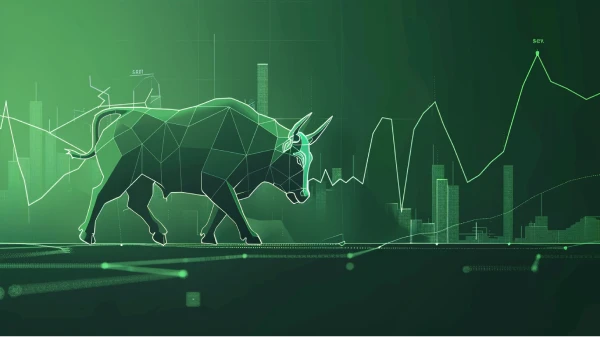Bear Markets
Bear markets are one of the two primary market trends, with bull markets being the other. Bear markets refer to a general negative trend within a market. Bear markets are often much shorter than bull markets, and can be entered when there is one single large decline in asset prices. Markets are always in either a bull market or bear market, and the two collectively create one full market cycle.
The most recent bear market in U.S. equities started in March of 2020 during the initial stages of COVID-19. Bitcoin experienced a bear market in 2018 after initially setting a price record around $20,000 in late 2017.
Market prices are generally expected to rise indefinitely, so deviations from this norm are a key sign of a bear market. The definition of a bear market varies across different markets. One common metric for a bear market is a decline of more than 20% from previous highs. However, this definition may vary across markets with different typical levels of volatility. In Bitcoin markets, the threshold for a bear market can be much higher than 20%.
What Causes Bear Markets?
Bear markets can be caused by many different events. Broader economic downturns generally correspond with bear markets in U.S. equities. This downturn may include high unemployment, low consumer spending, and lack of investment.
Bitcoin bear markets can be triggered by changes in investor attitude or sentiment. When investors lose confidence in the currency’s price, they will sell their position and lower the price further. Bad news regarding government regulation or company adoption can influence investors’ confidence.
What Happens In a Bear Market?
Bear markets will see increased selling and continued downward price pressure. As prices decline, additional people will be forced to sell due to margin calls or a desire to de risk a declining portfolio. During bear markets, investors will be more worried about owning risky assets. Bad news about the market will become more common during a bear market. Investors can profit in bear markets as well through short selling assets.
➤ Learn more about How To Short Bitcoin
Bear markets tend to be much shorter than bull markets. Bear markets for equities will typically last around a year or less. For Bitcoin, a bear market may be much shorter than that.
Preparing for Market Cycles
Long-term investment strategies typically do not react very much to market cycles. During bear markets, a long-term investment strategy would be to simply maintain a consistent position.
More active trading strategies look to capitalize on market cycles in order to make additional profit. Traders will try to buy more when prices are lower during a bear market, and hold or sell a position when prices are higher during a bull market. This type of strategy requires timing the market, which is extremely difficult to do. If traders mistime an active trading strategy they may end up losing money.
Diversification is a way to minimize the effects of market cycles for an investor. Investors who are exposed to many different markets will be less affected by a bear market in only one market. Diversification works best with markets that are not correlated so that they don’t experience bear markets at the same time.
➤ Learn more about bull markets.
Key Takeaways
- Bear markets are characterized by a decrease in asset prices and negative investor sentiment.
- Bear markets are one of the two primary pieces of a complete market cycle.
- A bear market can occur at different times for different markets.


